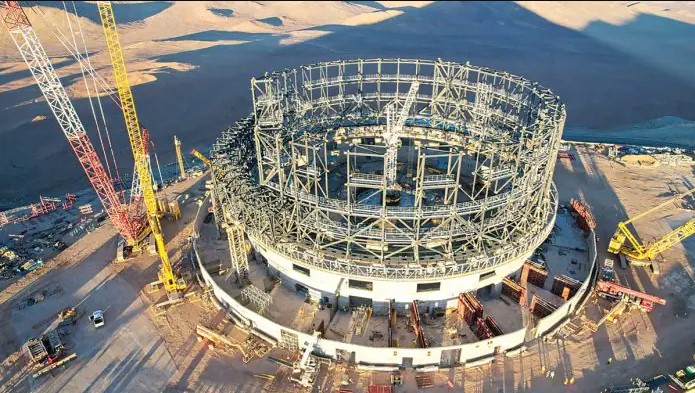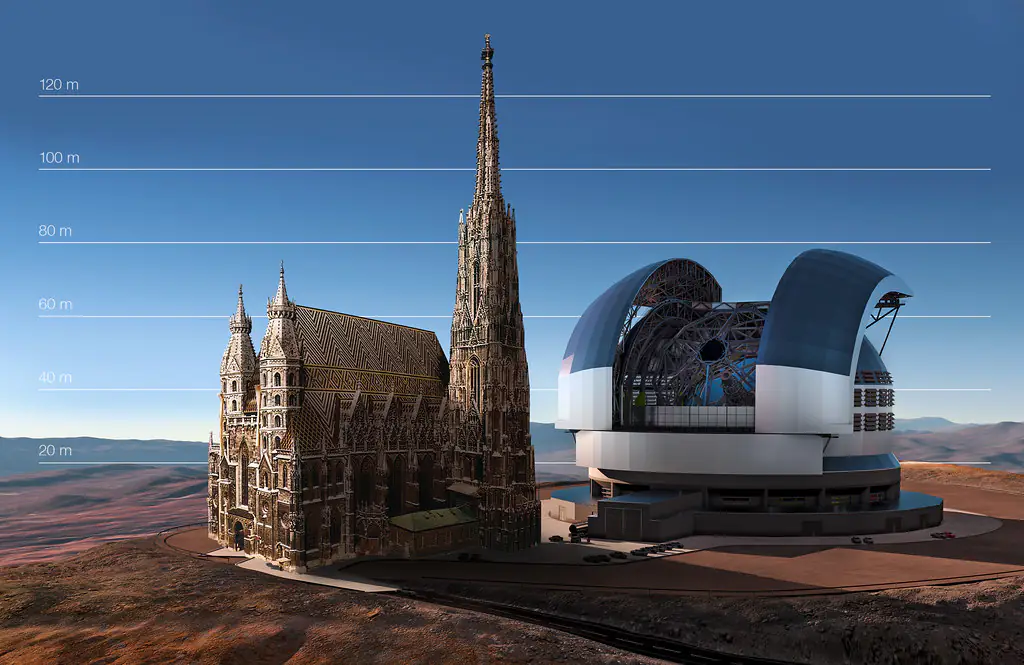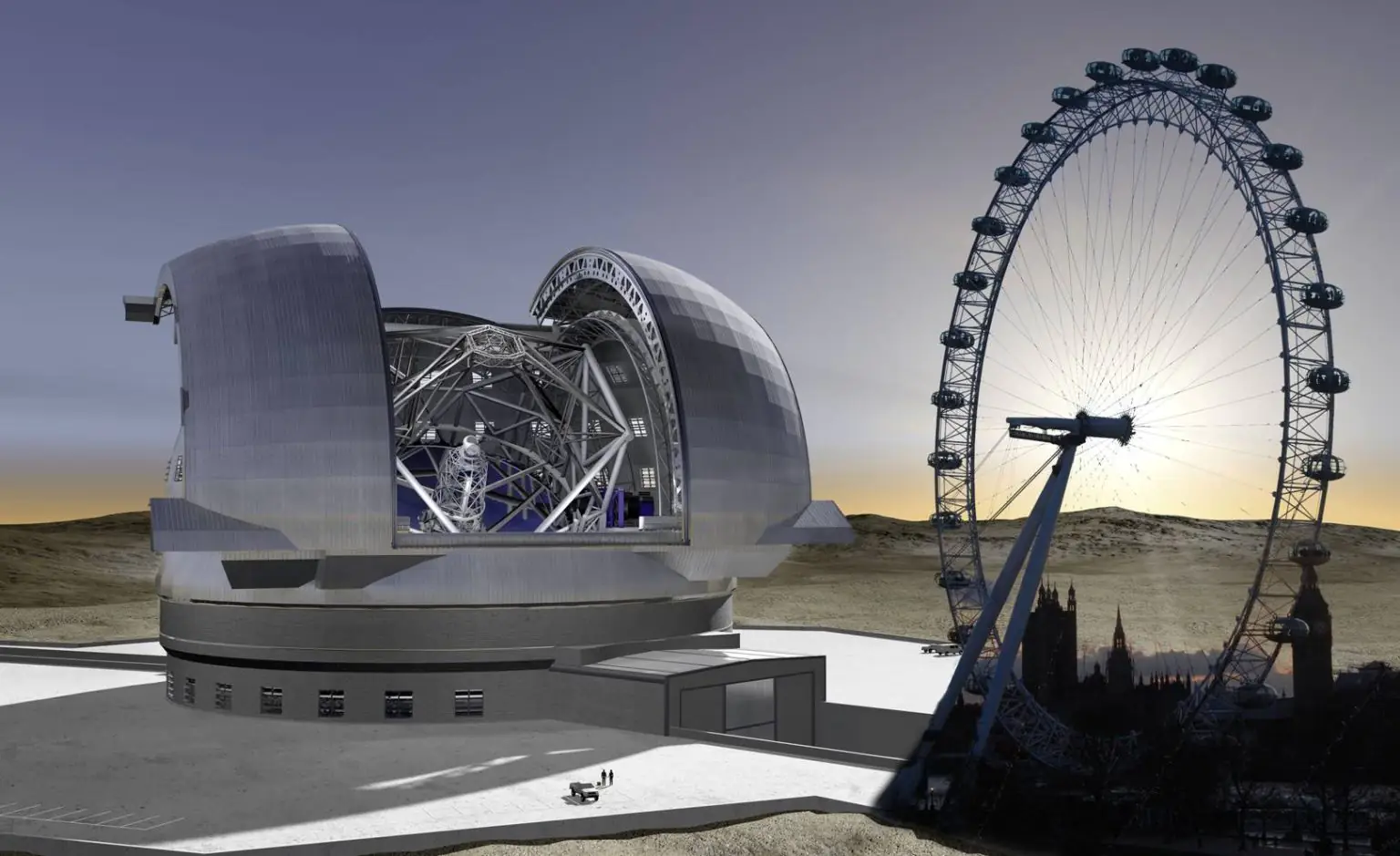
The United Kingdom intends to build the world’s largest ground-based optical telescope, the Very Large Telescope (ELT), according to a recent bulletin from the National Center for Astronomical Technology.
It is planned that the first instrument to be used on the telescope will be created by this institution. The construction of the giant facility, the size of which is comparable to the Roman Colosseum, will begin in the near future; The location was chosen in the Chilean Atacama Desert (3 km above sea level), which is famous for its ideal conditions for astronomical observations.

The project is being managed by the European Southern Observatory (ESO), which has already successfully operated another large telescope in this area – the Very Large Telescope (VLT).
One of the first instruments to be installed on the ELT will be the METIS mid-infrared telescope. This project has passed the final stage of validation and is preparing to go into production. The consortium consists of ten leading astronomical research institutes, including Leiden University and the Netherlands Research School of Astronomy (NOVA).

According to Gillian Wright, head of the UK Astronomy Technology Center, METIS plays a key role in providing the most accurate research in the mid-infrared, which will allow us to revise conventional wisdom about the Earth’s place in the universe.
METIS’ mid-infrared vision will help scientists monitor planet-forming disks filled with “gas dust.” Since dust particles have the ability to absorb visible light, observations in the mid-infrared range are crucial for studying these objects, which will help to deepen our understanding of the formation/evolution of galaxies.
METIS will also search for exoplanets close to us, study the origin/formation of the Solar System, and study the cores of galaxies with supermassive black holes. It is noted that this tool will be able to search for habitable worlds, as a number of cold planets emit light in the mid-infrared range.
Once completed, the Very Large Telescope will be a unique facility. The ELT project is one of the most ambitious scientific and engineering endeavors in history, aimed at exploring the farthest reaches of the Universe.
– Using visible and infrared wavelengths of light, ELT promises to provide unprecedented information about the universe,” the project initiators say.
It is worth noting that the main mirror with a diameter of 39 meters has a unique ability to collect 100 million times more light than the human eye.
In other words, the ELT will use the power of 5 mirrors to study the Universe with unprecedented accuracy.

